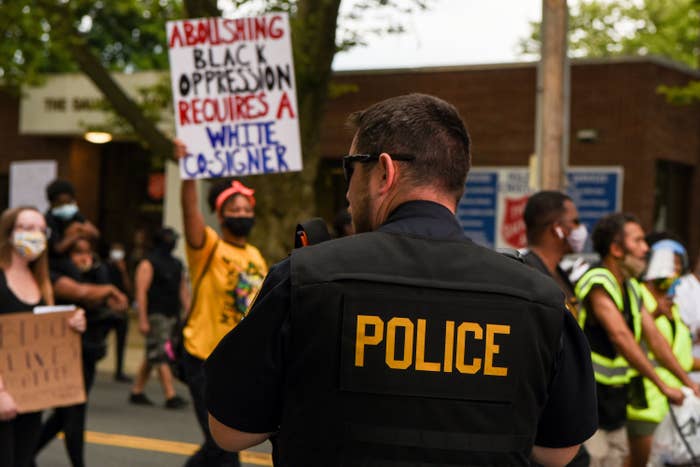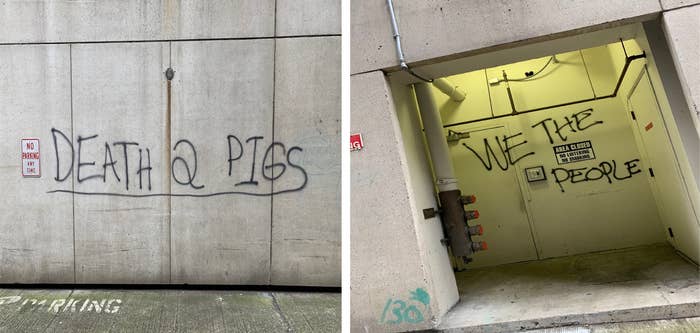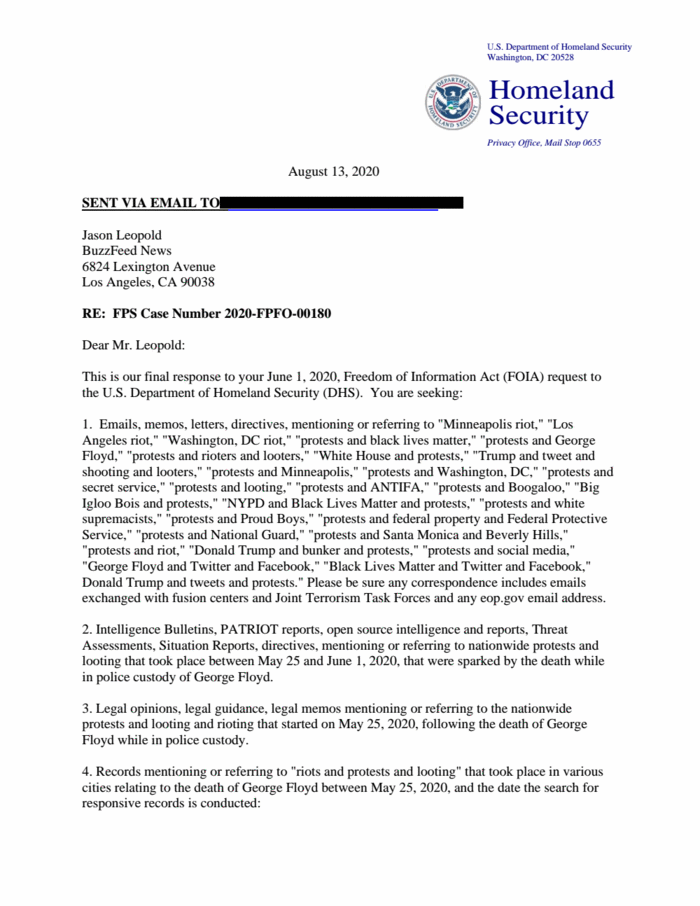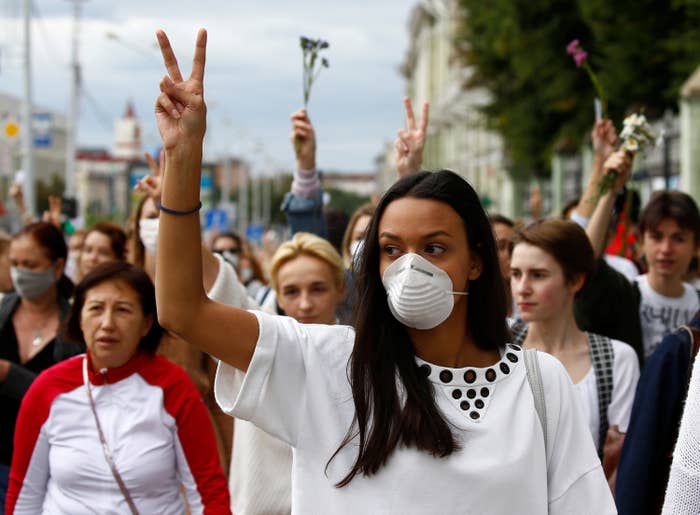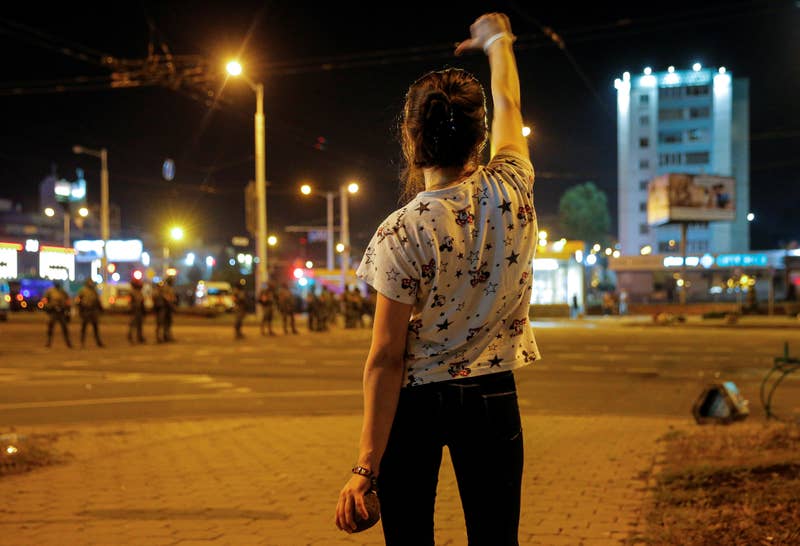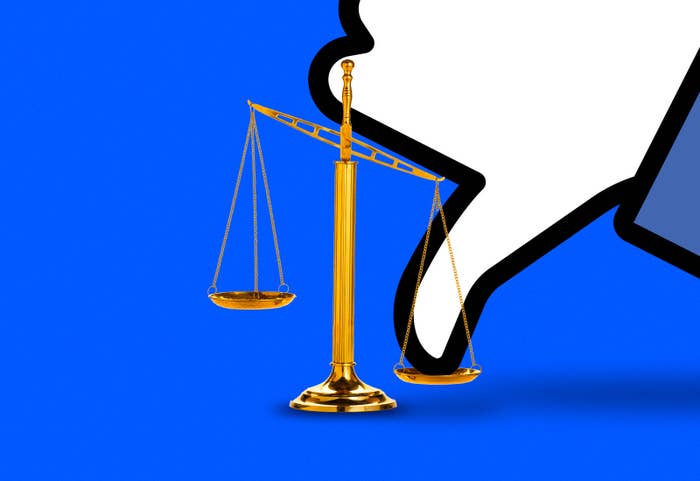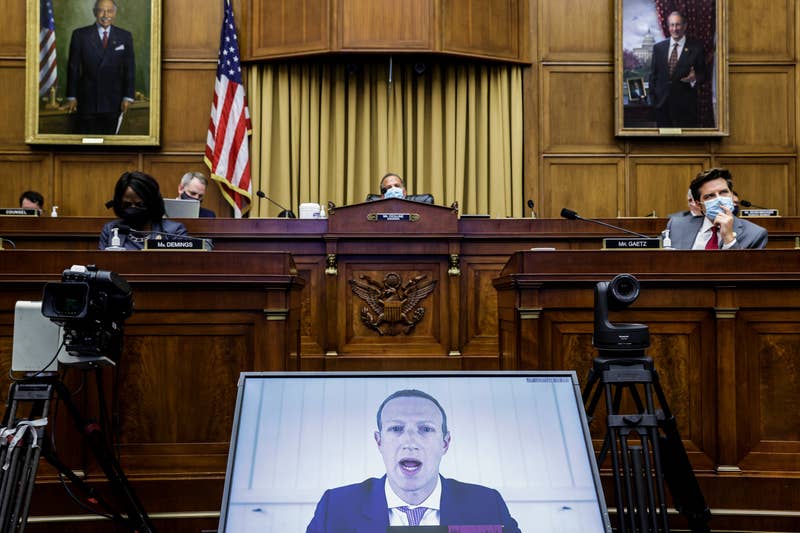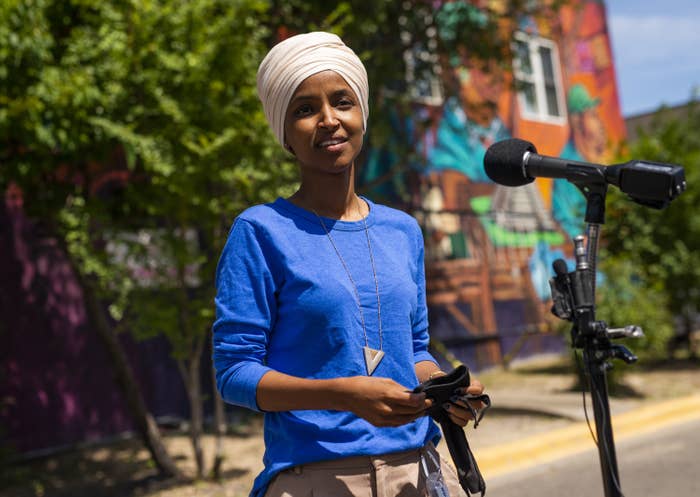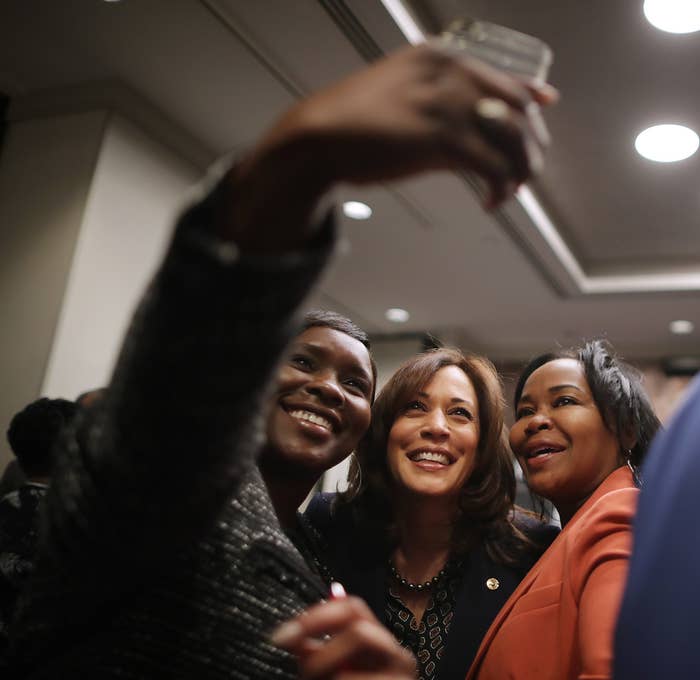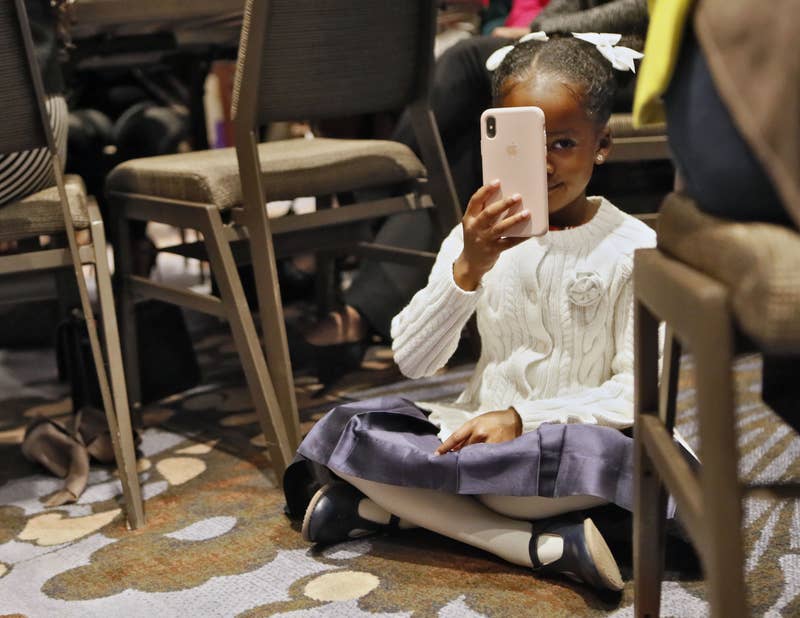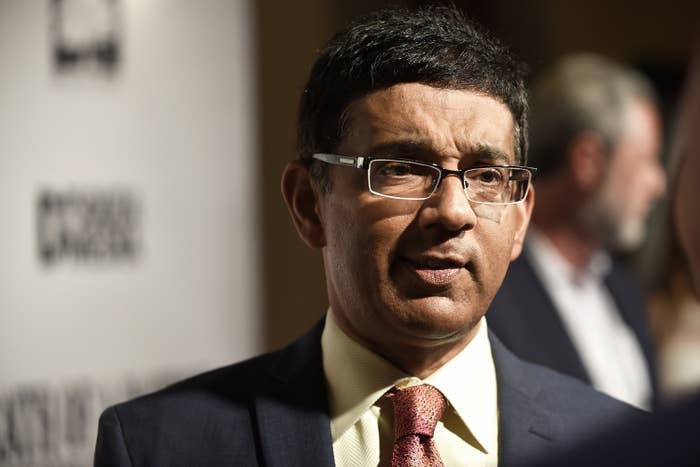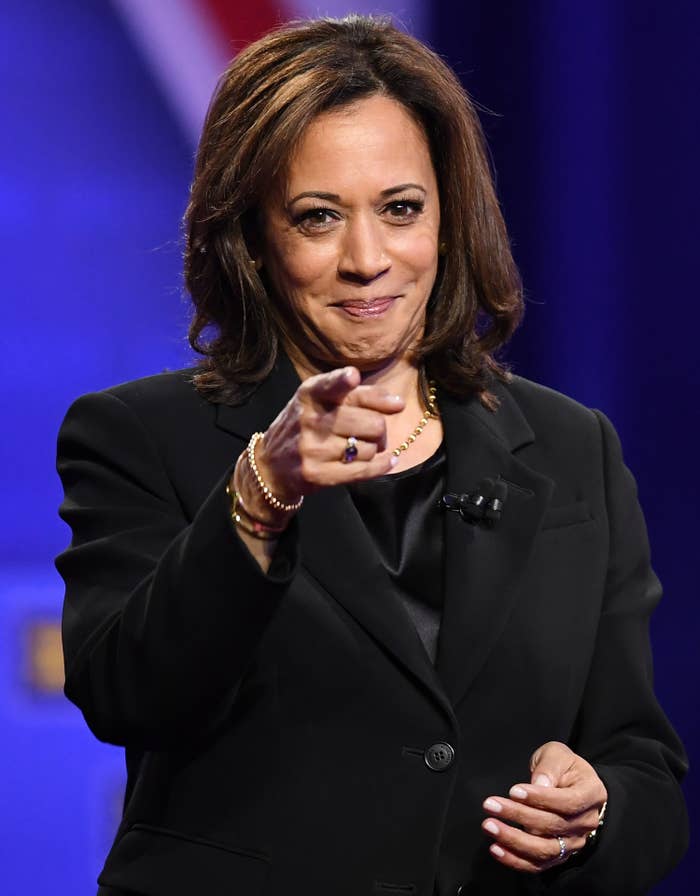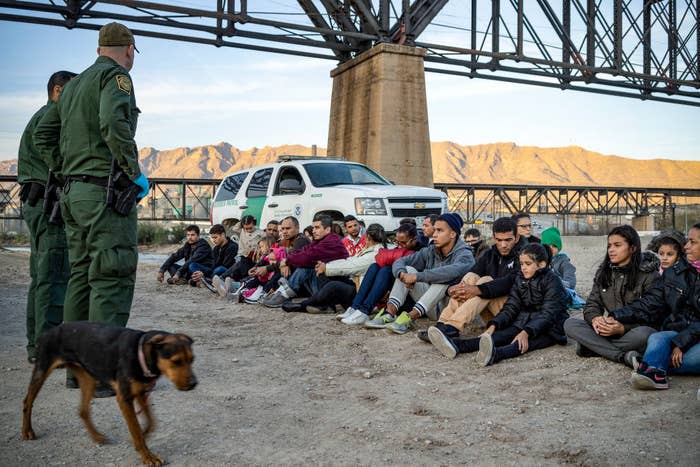A program investigating UFOs already existed for years under the Navy, but the Department of Defense publicly acknowledged the program Friday in a press release
Posted on August 14, 2020, at 7:55 p.m. ET

Screenshot from video released by Department of Defense
The Department of Defense announced Friday they had officially — and publicly — created a unit tasked specifically with investigating "Unidentified Aerial Phenomena," or as you, I, and everyone else would call them, UFOs.
Named the Unidentified Aerial Phenomena Task Force, or UAPTF, the unit will "improve [the Department of Defense's] understanding of, and gain insight into, the nature and origins of UAPs."
"The mission of the task force is to detect, analyze and catalog UAPs that could potentially pose a threat to U.S. national security," the Department of Defense said in a statement Friday evening.
Now, it's true that the existence of UAPs, or UFOs, doesn't necessarily mean the aircraft are spaceships from another planet piloted by little green aliens quietly and secretly observing Earth.
This task force is geared more toward possible violations of air space from another country, rather than looking for intergalactic encounters.
"The Department of Defense and the military departments take any incursions by unauthorized aircraft into our training ranges or designated airspace very seriously and examine each report," the announcement reads. "This includes examinations of incursions that are initially reported as UAP when the observer cannot immediately identify what he or she is observing."
But 2020 has been something of a year for the Pentagon and UFOs.
2004
UFO FIRST SIGHTED FAST AND FAR AWAY
UFO FIRST SIGHTED FAST AND FAR AWAY
WITH PILOTS VOICE OVER
UFO CLOSE UP AND TURNING PILOT VOICEOVER SHOCK
2015 1 MINUTE VIDEO NO SOUND
Friday's announcement comes just a few months after the Department of Defense released and declassified three videos of Navy pilots encountering UAPs in 2004 and 2015.
The New York Times interviewed the pilots who encountered the objects, describing them as oblong-shaped and accelerating, "like nothing I've ever seen."
Despite the Pentagon's announcement Friday, the military has for years monitored unidentified aircraft and collected video of its pilots encountering the aircraft.
The New York Times in Dec. 2017 reported on the existence of the Advanced Aerospace Threat Identification Program, which had the same task.
The Times reported that funding for the program had stopped and it was ended in 2012, but in July it reported the program had continued under the Office of Naval Intelligence, where it was named the Unidentified Aerial Phenomenon Task Force.
President Trump has himself expressed interest in the possibility of extraterrestrial life. Talking to his son, Donald Trump Jr. in a video produced by his campaign in June, the president was asked whether, "before you leave office, will you let us know if there's aliens?"
"I want to know what's going on," Trump Jr. asked. "Would you ever open up Roswell and let us know what's going on there?"
The president's son was likely referring to what is popularly known as Area 51, a classified military base in Nevada. The base has long been the center of UFO conspiracies, including the theory that a UFO crashed in Roswell, New Mexico, in 1947 and that the spacecraft, and its supposed occupants, were taken to Area 51 to be studied.
"I won't talk to you about what I know about it but it's very interesting," Trump told Trump Jr. "But Roswell is a very interesting place with a lot of people that would like to know what's going on."
Roswell itself is a city in Chaves County, New Mexico, which is, of course, open to the public.
The Department of Defense's announcement about UAPTF makes no mention about any part of its mission having to do with extraterrestrial beings or spacecraft because of course it wouldn't.
The Pentagon Has Officially Released Three Videos Showing UFOs
Ellie Hall · April 27, 2020
Salvador Hernandez · Sept. 21, 2019
Ellie Hall · April 27, 2020
Dan Vergano · Dec. 21, 2017

Salvador Hernandez is a reporter for BuzzFeed News and is based in Los Angeles.
